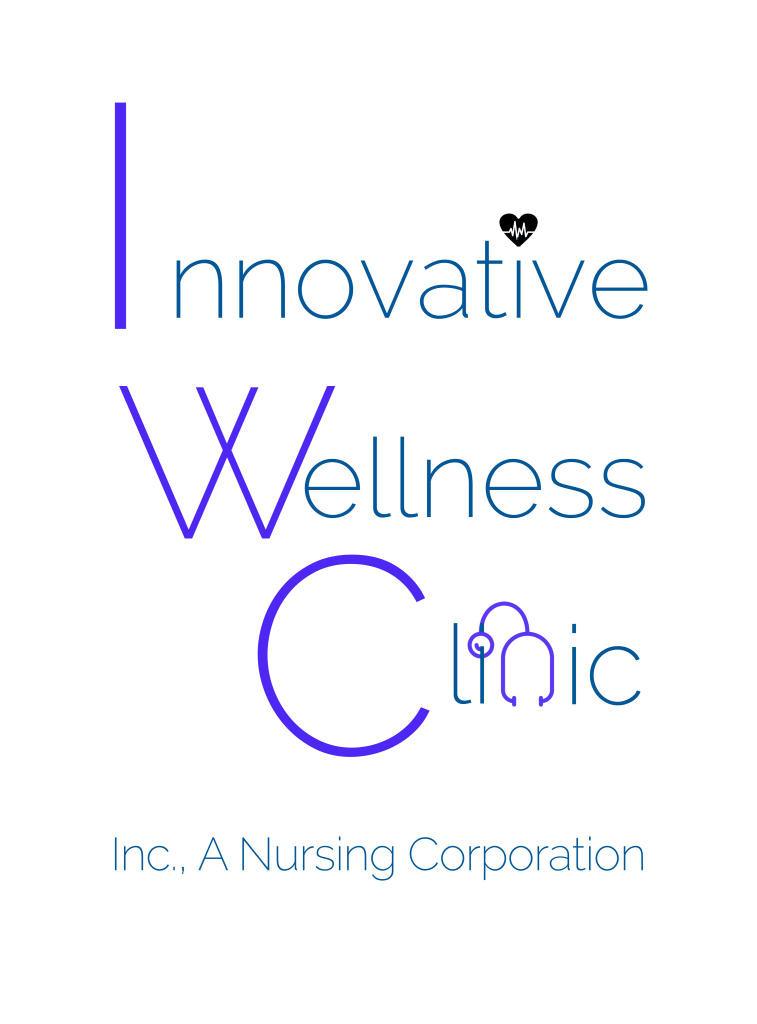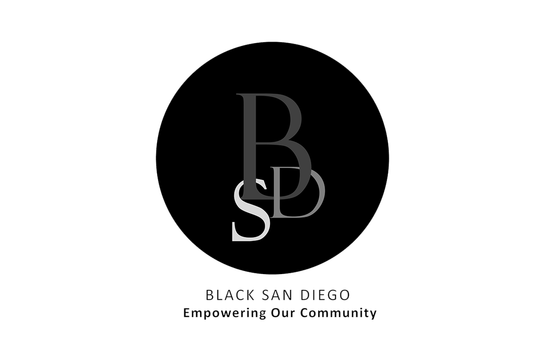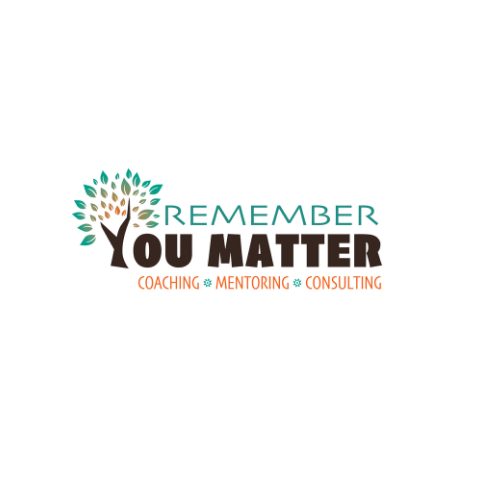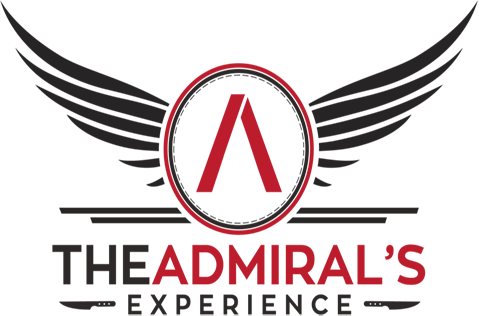
Don’t Quit Your Day Job…Yet
By Courtney S. Dade, CEO and Chief Strategist, CSD Marketing and Consulting
So, you’re fed up. You don’t want to work for “the man”. Your creativity is stamped on every day, and you feel there’s so much more you can do. You want to be your own boss. You want to make boss moves and boss decisions.
That’s great! More power to you. But are you really ready to transition to full-time self-employment? I recommend you conduct a needs assessment—like, what are YOUR needs. You’ll need to figure out how to make money. And then determine what legal steps are necessary. So, don’t quit your day job just yet.
What do you need?
If you haven’t already, it’s time to have a heart-to-heart with yourself. Why do you want to quit your job? Does the idea of owning your own business excite or intrigue you? Or do you want more freedom and flexible time?
Time
You should know going into this that entrepreneurial work is not less work. It’s more work. Particularly in the beginning. As for freedom and flexibility? You’ll find that you’ll be free to work all the hours God created if you don’t watch yourself. You can definitely give yourself a flexible schedule. But you’ll probably end up working strange hours, particularly if your clients live in multiple time zones.
Finances
Another consideration is how much money you need to make. What is the minimum you need to maintain your current lifestyle? Make an itemized list with the costs next to it. You’ll want to total it by month and by year, because the revenue you generate may be seasonal. For example, businesses make the bulk of their revenue in the last quarter of the calendar year and it carries them for an entire 12 months.
Lifestyle
For example, how much do you spend to keep a roof over your head, food on the table, health insurance in your back pocket, gas, and insurance for your car? You get the picture. But don’t forget any leisure and entertainment. And the benefits that your current employer subsidizes for you, like health insurance, will be your full responsibility. You’ll want to get realistic estimates for your itemized list.
Turning your gig into a full-time business
I’m assuming you have a gig or side hustle in play now, or in your mind, that you want to take to scale and turn into a full-fledged full-time business. If not, don’t worry. I’ll touch on that situation a little later. But think about who your audience is or will be, what your revenue streams are or will be, and how much time you have to devote to your brand right now. Check out these scenarios.
Scenario 1. Your gigs/side hustles are so fruitful, you barely have time to manage.
You need time to work on your brand. If you are in Scenario 1, you may be ready to move from full-time to part-time employment (if you can keep health insurance). If you’re able to work 4 days per week instead of 5, you can use that one free day to do nothing but work on your brand, in addition to weekends of course.
Scenario 2. Your gigs/side hustles make money, but not much and not consistently.
If you’re in this category, I don’t recommend you reduce your hours of employment yet. But you do need to spend whatever free time you have building up your gigs/side hustles. You’ll want to experiment and pilot different approaches until you arrive at a model that consistently produces the results you desire, moving you into Scenario 1.
Scenario 3. You don’t have a gig or side hustle currently.
Don’t let this dampen your entrepreneurial spirit, but do not quit your day job. Think about a hobby, special gift, or training that you have. Who might need or want these goods, products, or services? How can you build demand for it? Deliver it? These are the questions you’ll want to answer as you design your business model. Or take advantage of ready-made opportunities that will help you earn extra money.
Planning for Every Scenario
Regardless of which scenario you’re in, you’ll want to do some business modeling and planning. This planning will identify your ideal customers and where and how they can be reached.
It will also help you figure out your supply chain, if necessary. This could include print vendors for labels or bags, manufacturing and textile partners, seamstresses, and others who provide components of your products and services. Or services from Fiverr and other outsourcing websites.
The technology you need to run the business should also be identified—website design and hosting, eCommerce platforms, and customer service management systems, for example. Technology and outsourcing partners can make a one-person shop seem like an entire team to the end-user. Or it can be confusing as heck. That’s why planning is so important.
Making it legal
Let’s push on. You are really ready to make your gig, your side hustle, your talent, or your passion a business. That means you need to determine what kind of business you’ll create—sole proprietor, LLC or LLP, corporation (S-Corp or C-Corp), or nonprofit. You’ll need to connect with what kind of business will you create—sole proprietor, LLC or LLP, Corporation (S-Corp or C-Corp), nonprofit. You’ll want to consult with a tax accountant to determine which kind of business is best for you.
And finally, you need to determine what kind of business licenses you need. Are special licenses needed, like a retail license? Do you need additional permits? For example, will you be needing an entertainment permit if live performances will take place in your establishment?
Final thoughts
How quickly do you want to quit your day job? CSD Marketing and Consulting is ready, willing, and able to support you on your journey towards business ownership. We offer business coaching to help air out some of those new business ideas you may have. We offer business planning and business formation services. And once you’re ready, we can provide social media and full brand management, a marketing plan, and more. Let’s connect soon and get you started on your path to entrepreneurship so you can quit your day job!























